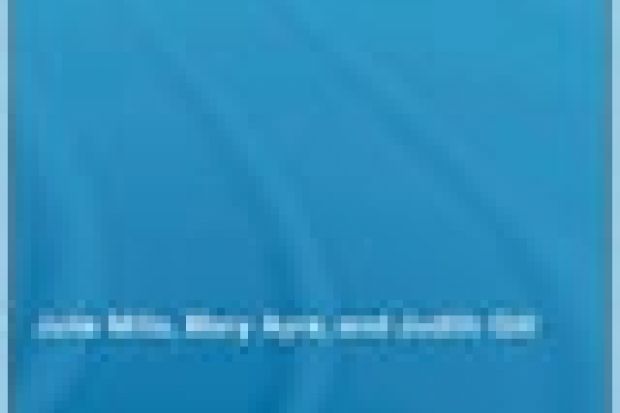This book has an interesting title: the words "gender" and "inclusive", coupled with engineering and education, reflect a "no mean feat" challenge in attempting even to think, let alone write, about these issues. The authors have given us an excellent discussion of the current situation with regard to the lack of women in engineering, and they have gone on to suggest possible solutions to solve this problem.
The first three chapters set the scene for justifying why we need more women in engineering and the benefits that a more balanced and diverse make-up of the engineering workforce would bring. Chapter four touches on the theory of learning and argues that there is a difference between the way men and women learn. As with many issues associated with race, sex and people, different individuals learn in many different ways. Therefore, the suggestion to tailor engineering education to serve a more diversified audience is very welcome.
Another interesting point raised here is that of identity - professional identity, engineering identity - with the male identity leaning more towards the abstract while the female identity leaning more towards the social. The authors argue for developing a more gender-inclusive engineering education by including in the curriculum more context, more group work and more consideration of the societal impact of engineering. In later chapters, they state that accreditation bodies can help to foster such inclusion. After justifying the need to revise the curriculum to be gender inclusive, the authors use chapters five and six to discuss design and implementation strategies and give examples of gender-inclusive engineering courses.
Clearly, the approaches recommended on the improvement of curriculum in engineering education could apply to individuals with different backgrounds, values and learning abilities, and implementing them would benefit all students studying engineering in general.
Chapter seven proposes implementing and embedding gender-inclusive engineering education through institutional change, which is an extremely challenging objective. Chapter eight concludes with a positive look to the future.
Engineering involves logic, optimisation and problem solving. Some aspects of engineering need engineers with practical skills while others require engineers with theoretical knowledge. Often engineers work together to solve problems. For the benefit of the engineering profession, it is imperative that we seek the most talented people from the available pool of intelligence; to limit ourselves to only 50 per cent of the population is simply doing the engineering profession a disservice. Therefore, in order to improve the standards of the engineering profession, one should instead seek talent from 100 per cent of the population. In this way, we really would be in a position to choose the best people to do the job. The key question is: how do we attract the "other" best people to the job? How do we make the engineering profession attractive to the other half of the population?
The book addresses these questions by proposing that universities work on developing a gender-inclusive engineering curriculum. More importantly, the question of identity raised in chapter four seems especially appropriate. In modern-day engineering, stereotyping is surely the main culprit for the lack of women in engineering. It is well known that many bright girls and women who are excellent at maths and sciences do not enter engineering because the profession is dominated by men, and so those girls and women simply do not "see" themselves as engineers.
And just maybe there really is a misconception of what engineers actually do. Perhaps a change of the name "engineering" is called for? At the same time, one should remember that the profession must focus on attracting the "right" individuals - and the right individuals are able people who are interested in the profession, from both genders.
Gender Inclusive Engineering Education
By Julie Mills, Mary Ayre and Judith Gill. Routledge, 210pp, £70.00 and £70.00 (e-book). ISBN 9780415805889 and 203851951. Published 18 March 2010
Register to continue
Why register?
- Registration is free and only takes a moment
- Once registered, you can read 3 articles a month
- Sign up for our newsletter
Subscribe
Or subscribe for unlimited access to:
- Unlimited access to news, views, insights & reviews
- Digital editions
- Digital access to THE’s university and college rankings analysis
Already registered or a current subscriber?
